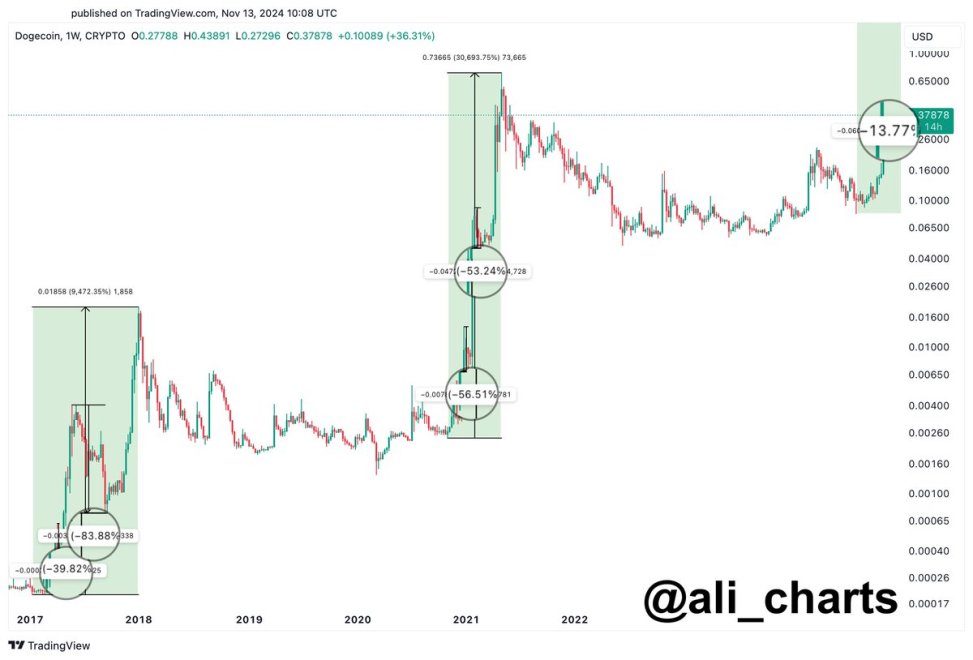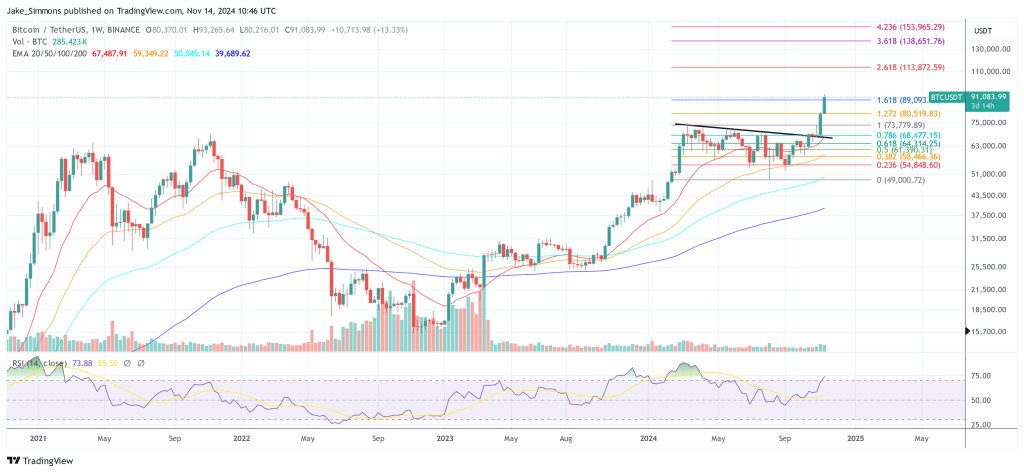-reindex-chainstate is an instant operation: it wipes a the chainstate (UTXO) database. It is performed at startup whenever the -reindex-chainstate command-line option, or the reindex-chainstate=1 config file parameter is provided. It cannot be interrupted, but it is so fast this is rarely a concern. It's equivalent to emptying the chainstate/ directory by hand, FWIW.
Whenever the chainstate is behind the blockchain (i.e., you have blocks in your blocks/ directory which haven't been processed yet), the missing blocks will automatically be processed. This will typically happen after a -reindex or -reindex-chainstate, but it can happen outside of those too. E.g. when you wipe the chainstate/ directory yourself, or maybe if restore it to an older backup without making the equivalent restoration of the blocks/ directory.
The naming of these options is somewhat confusing, because what they trigger isn't the actual reindexing, but just the wiping that preceeds it; the reindex is automatic, and progressive (it will continue where it left off if you shutdown and start again, unless you specify the reindex option again at startup; in that case, it is wiped again and you'll start over again).
FWIW, any option, including these, can be disabled using the "no" variant (-noreindex-chainstate here) or passing 0 (-reindex-chainstate=0). But, as explained, that just disables the wiping; it cannot undo a wipe, and thus cannot "abort" the reindexing, as Bitcoin Core cannot proceed without first processing all the blocks it has.

You can get bonuses upto $100 FREE BONUS when you:
💰 Install these recommended apps:
💲 SocialGood - 100% Crypto Back on Everyday Shopping
💲 xPortal - The DeFi For The Next Billion
💲 CryptoTab Browser - Lightweight, fast, and ready to mine!
💰 Register on these recommended exchanges:
🟡 Binance🟡 Bitfinex🟡 Bitmart🟡 Bittrex🟡 Bitget
🟡 CoinEx🟡 Crypto.com🟡 Gate.io🟡 Huobi🟡 Kucoin.
















Comments